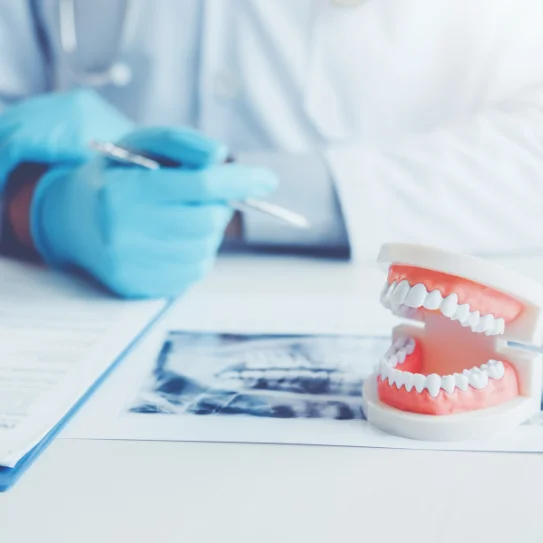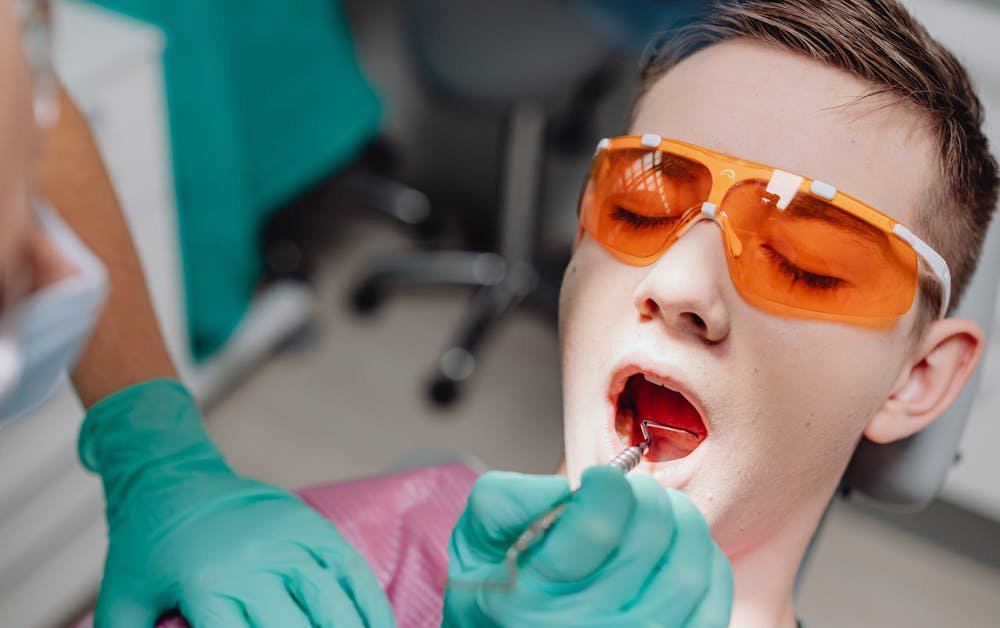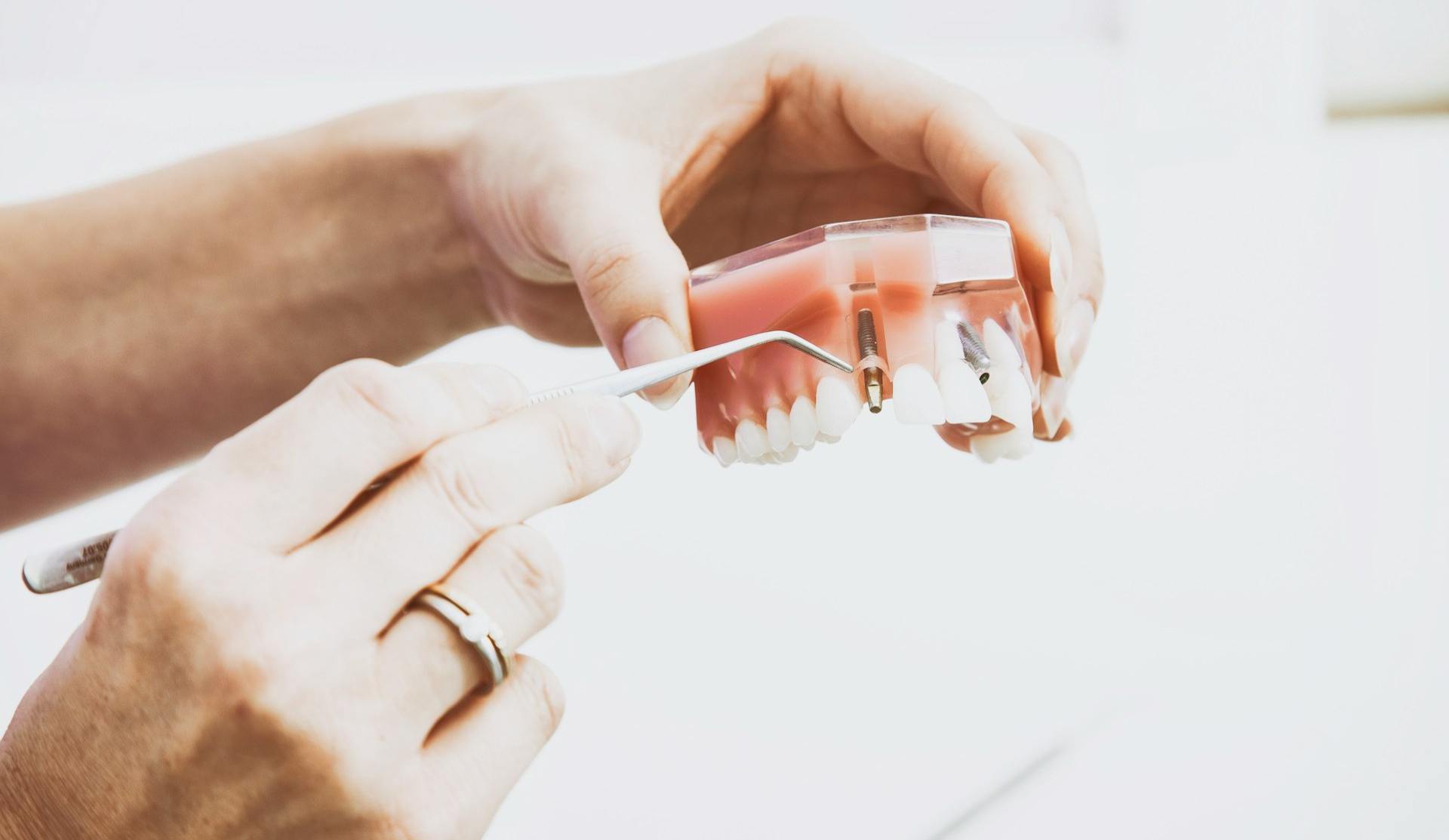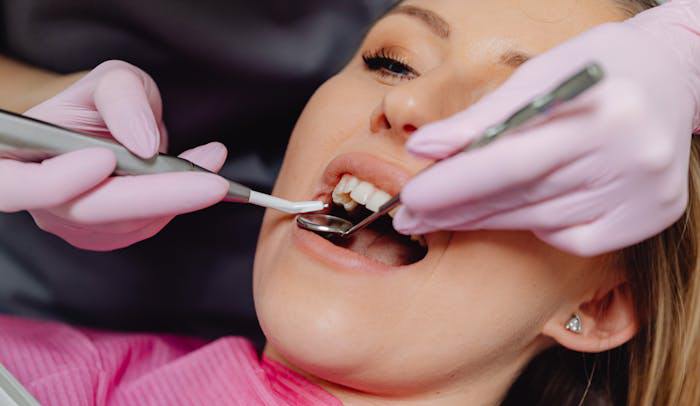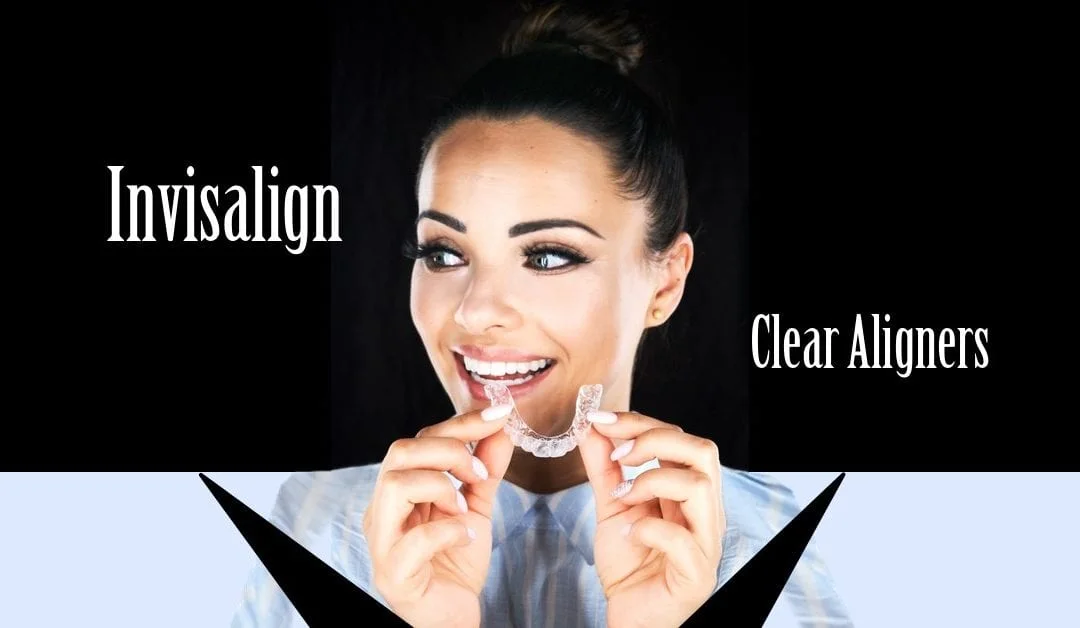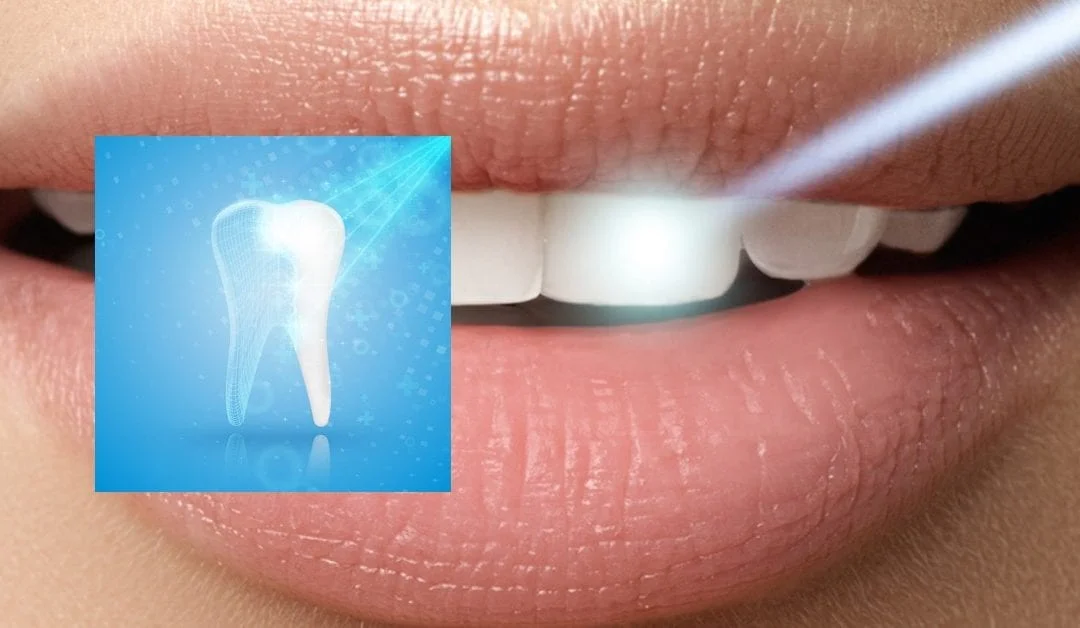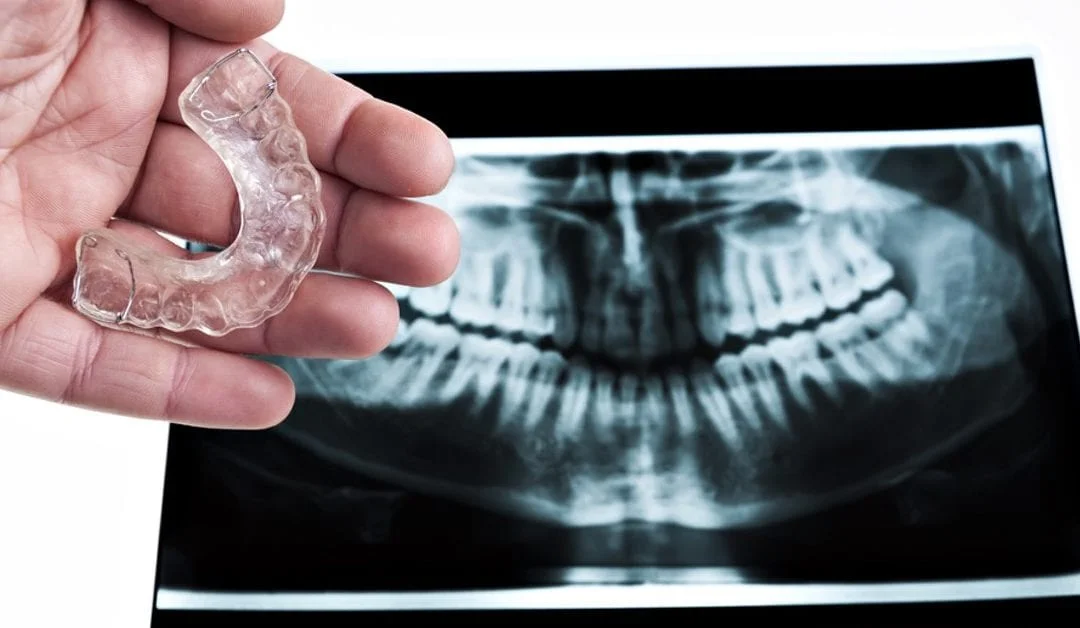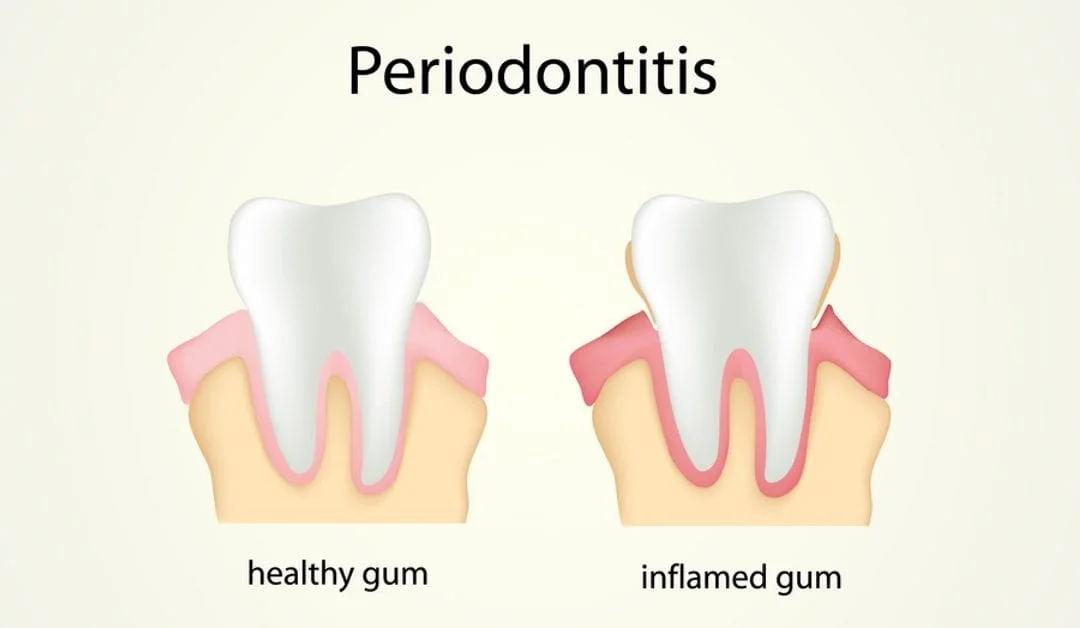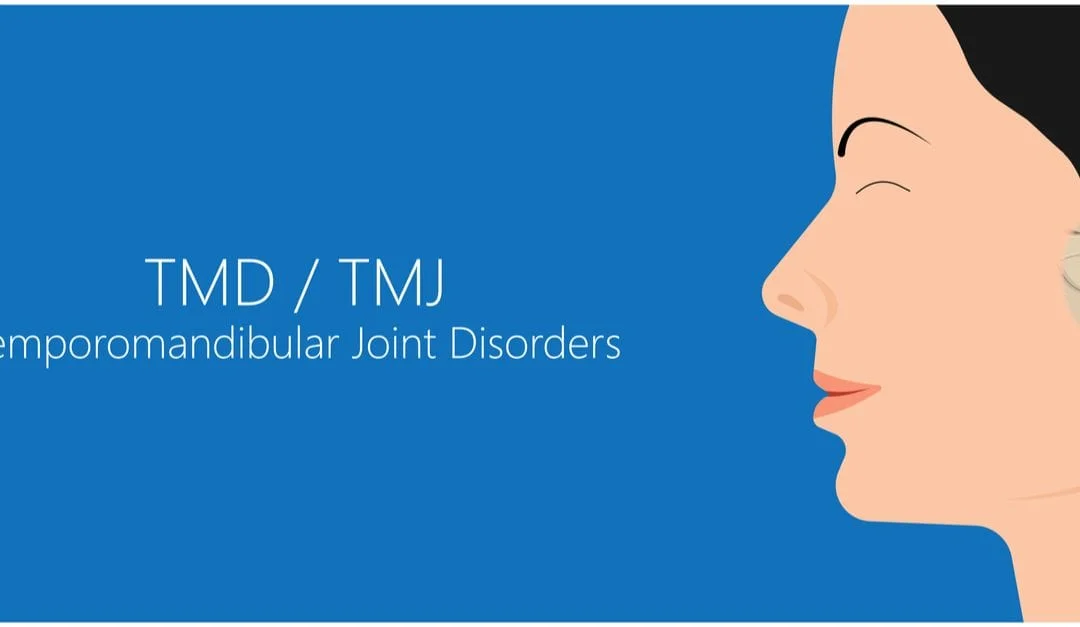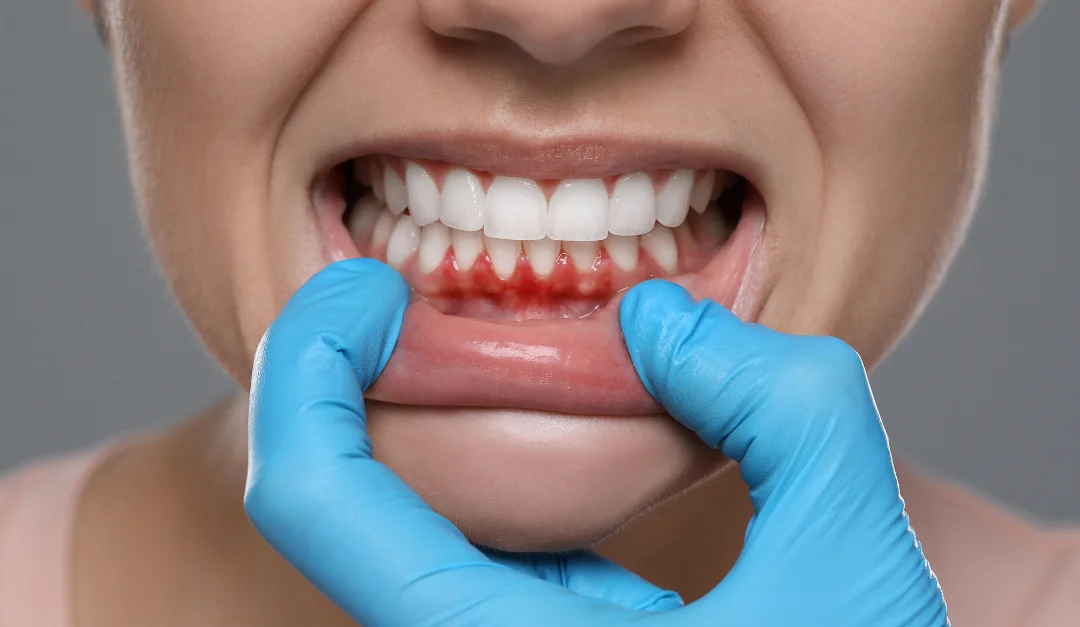
Table of Contents
When the gums recede, they pull back from the teeth. This condition exposes more of the tooth’s root and increases the chances of bacterial buildup between the teeth and gum line. Gum recession occurs because of a periodontal disease that cannot always be prevented. However, you can stop receding gums from worsening and causing tooth loss and decay by practicing good oral hygiene, eating a healthy diet, and visiting your dentist in NYC for regular check-ups. This post will explain the causes of receding gums and ways to stop it.
Why Does Gum Recession Occur?
Gum recession is a common disease that occurs because of the following factors:
- Gum disease – Gum disease and infections damage the gum tissue and supporting bone that keep the teeth in place.
- Trauma to the gum tissue – Gum recession is caused by physical wear or low-grade trauma to the gums from brushing too hard or grinding teeth over several years.
- Genetic factor – If you are genetically predisposed to periodontal condition, you will experience gum recession. It doesn’t matter how good your oral hygiene is.
- Poor oral hygiene – Inadequate oral care for teeth makes it easy for tartar to accumulate. This substance needs to be removed by the dentist to prevent gum recession.
- Delicate gum tissue – Some people have very delicate gum tissue. They can swell quickly and lead to periodontitis. Similarly, if the tissue is thinner, it increases the likelihood of plaque to cause inflammation.
- Changes in hormone levels – The gums of females become more sensitive to hormonal fluctuations during puberty, pregnancy, and menopause.
- Alignment issues – Orthodontic issues like misaligned teeth place a huge amount of pressure on the gums and bones and they start receding.
- Consumption of tobacco products – Chewing or smoking tobacco or its products makes you prone to receding gums. It also causes issues like cavities and gum disease.
What Are the Symptoms of Gum Recession?
Receding gums come with many warning signals. The following symptoms indicate that your tooth root is exposed.
- Pain close to your gum line.
- Increases sensitivity to heat, cold, and sweets.
- Sensitivity while brushing and flossing the teeth.
- Sensitivity during dental clean-ups
- Bad breath
- Loose teeth
- Noticeable shrinking gums
How is Gum Recession Diagnosed?
In order to spot gum recession, your gum tissue is reviewed. A puffy or smaller than usual tissue is deemed as receding. The dentist also measures how much the gums have receded. To do so, they use a special tool called a periodontal probe.
The dentist then measures the periodontal pockets around each tooth because gum recession causes bone loss. If the pockets measure between 4 and 5 millimeters, it points to gingivitis or periodontal diseases.
How is Gum Recessions Treated?
The treatment for gum recession depends on the severity of the case. If it is mild, the dentist deep cleans the affected area and smoothes out the exposed tooth area. However, if the gum recession has progressed, surgery is needed to repair the damage.
Generally, the treatments to stop gum recession are categorized into non-surgical and surgical treatments. We have explained each of them below.
Non-Surgical Treatments to Stop Receding Gums
You can stop gum recession using a variety of non-invasive treatments and practicing good oral hygiene.
1. Topical Antibiotics
The dentist recommends topical antibiotic gels and antiseptic chips to treat gum infections that cause receding gums. The two most common antibiotic gels are Arestin and Atridox. They can also be administered in pill form.
2. Scaling and Root Planing
Scaling and root planing are done under local anesthesia to prevent further gum damage. Through scaling, the dentist eliminates plaque and tartar from above and below the gum line. In root planing, they smoothen the exterior of the tooth roots. This allows the gums to reattach.
3. Dental Bonding
Dental bonding covers the tooth root that is exposed with a composite resin. The color of the resin matches the color of your tooth. This procedure also addresses the sensitivity and discomfort caused by the exposed tooth roots.
4. Orthodontic Treatments
If the reason for gum recession is crooked teeth or misaligned bite, then orthodontic treatments, braces, and clear aligners can help address it. These treatments take away the pressure on your gums and, in turn, stop gum recession from worsening.
Surgery to Stop Receding Gums
According to the severity of your gum recession, you’ll need to undergo one or more of the procedures below:
1. Pocket Depth Reduction
This procedure is done if the gum recession results from a gingival recession. The surgeon folds back the gum tissue to access the periodontal pockets in this procedure. They use specialized tools to remove plaque, tartar, and bacteria from the root surface of the tooth.
2. Tissue Regeneration
Tissue regeneration is used if the bone that supports your teeth gets damaged due to gum recession. This procedure takes place at the same time as the pocket depth reduction mentioned above. After removing the plaque and tartar, the surgeon will place a regenerative material, such as membrane or graft tissue, over the area. Then, the tissue will be reattached. It prompts the regeneration of tissue lost due to gingival recession.
3. Soft Tissue Graft Surgery
There are three main types of surgery to fix gum recession. These include gum graft surgery, free gingival grafts, and pedicle grafts.
- Gum Graft Surgery – Gum recession surgery or gum graft surgery is the most long-lasting treatment option to stop gum recession. Your surgeon uses a gum graft to replace the gum tissue that has worn away. They take the graft from the roof of your mouth or a human donor tissue. When the graft is placed in the appropriate position, it is stitched into place.
- Free Gingival Graft – In free gingival graft, a layer of tissue is removed from your palate. The surgeon relocates it to the part affected by the gum recession. Both sites will heal quickly after the surgery.
- Pedicle Grafts – Pedicle grafts follow almost the same process as free gingival grafts, except that the surgeon uses the tissue adjacent to the tooth that needs repair. The surgery is quick and simple.
Must Read: Essential Tips for Invisalign Users
Can You Prevent Gum Recession?
Yes. Gum recession is fully preventable, especially if you are not genetically exposed to it. Use the simple steps below:
- Pay attention to your oral hygiene routine. Visit your dentist in New York for regular cleanings. Use a mouthwash to prevent plaque buildup.
- Use a brush with soft bristles when you brush your teeth. Move the brush in circular motions and clean all the sides of your teeth.
- Focus on eating healthily. A diet of fruits, vegetables, and whole grains and less sugary foods will prevent plaque buildup.
- Use a mouthwash with fluoride. It strengthens the teeth’s enamel and protects it from damage.
- Do not consume tobacco or smoke. Try quitting using tobacco products completely.
- Use oil pulling to dislodge bacteria causing gum disease. Take some coconut, sesame, or sunflower oil and swish it in your mouth for 5–20 minutes, after which you can spit it out. Rinse your mouth with warm water and brush your teeth.
Stop Gum Recession at Maiden Lane Dental
Now you know all about the gum recession and how to stop it. If you are experiencing symptoms of this dental problem, make sure to get it checked professionally. At Maiden Lane Dental, we’ll help you stop gum recession safely and effectively. Dr. Lloyd Becker provides personalized treatments to every patient with gum disease. We are located in the Financial District of NYC. You can book your visit online or call us at (212) 509-4585.
Our Service
-
 Dental Service
Dental Service
-
 General Dentistry
General Dentistry
-
 Cosmetic Dentistry
Cosmetic Dentistry
Comprehensive dental care ensuring healthy, radiant smiles for individuals and families in NYC.
Routine check-ups, cleanings, and preventive care to maintain your oral health effortlessly.
Enhancing your smile with advanced cosmetic procedures for a confident, beautiful appearance.

